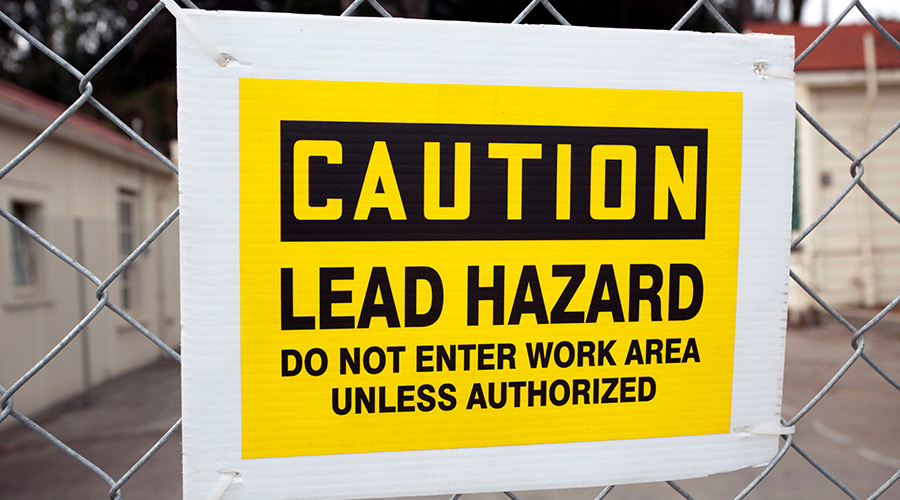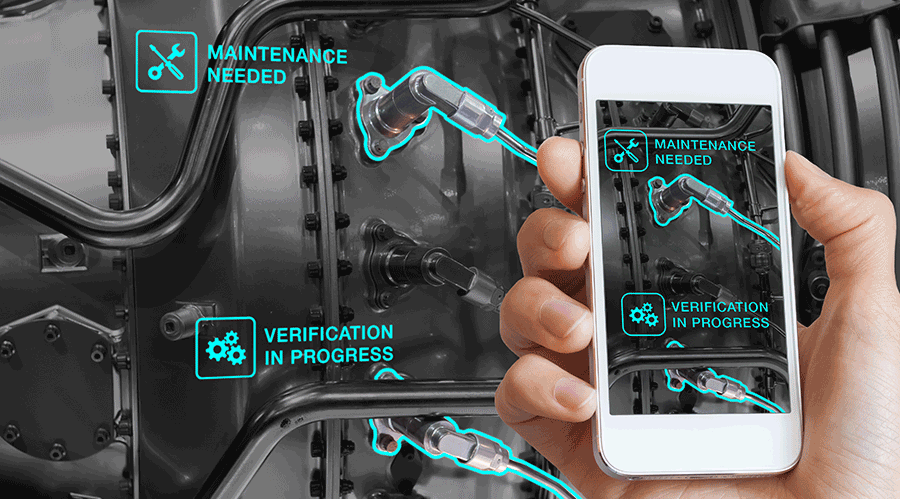Making the Most of a Mission Statement
 What is your department’s mission? If you can’t answer that question definitely, clearly and concisely, it’s not necessarily a problem. Instead, it is a potentially invaluable chance to improve your department’s efficiency, morale and performance — and support the mission of the organization more effectively.
What is your department’s mission? If you can’t answer that question definitely, clearly and concisely, it’s not necessarily a problem. Instead, it is a potentially invaluable chance to improve your department’s efficiency, morale and performance — and support the mission of the organization more effectively.
Having recently gone through the process of developing a mission statement, I understand more clearly how it can benefit all organizations. As organizations evolve, change is inevitable, and a department with a clear mission statement stands a better chance of withstanding the changes with its performance intact.
Many managers have a vision for their departments, an idea of the way they want a it to operate and work with others. But unless the entire department understands, little is likely to get accomplished. A mission statement can serve as the action plan to achieve the vision.
The actual process of developing a mission statement involves discussing and answering seemingly simple questions: who your department is, what you do, what you stand for, and why you do it.
I say “seemingly” because the answers to these questions might be surprising. Seeking input from all employees in a department — especially those who might not be asked for their views that often — means preparing to hear unexpected opinions, listening to others’ ideas and incorporating them into the final product.
That is the real opportunity in developing a mission statement — the process. The final mission statement helps bring focus to the department, but the meetings along the way undoubtedly will lead to deeper talks about specific processes and responsibilities. This offer managers a unique opportunity to gather information and insights that otherwise might have gone unnoticed.
For as important as a mission statement is in ensuring a department’s success, the path to the final product often can be just as rewarding.
Related Topics:








 What is your department’s mission? If you can’t answer that question definitely, clearly and concisely, it’s not necessarily a problem. Instead, it is a potentially invaluable chance to improve your department’s efficiency, morale and performance — and support the mission of the organization more effectively.
What is your department’s mission? If you can’t answer that question definitely, clearly and concisely, it’s not necessarily a problem. Instead, it is a potentially invaluable chance to improve your department’s efficiency, morale and performance — and support the mission of the organization more effectively.



